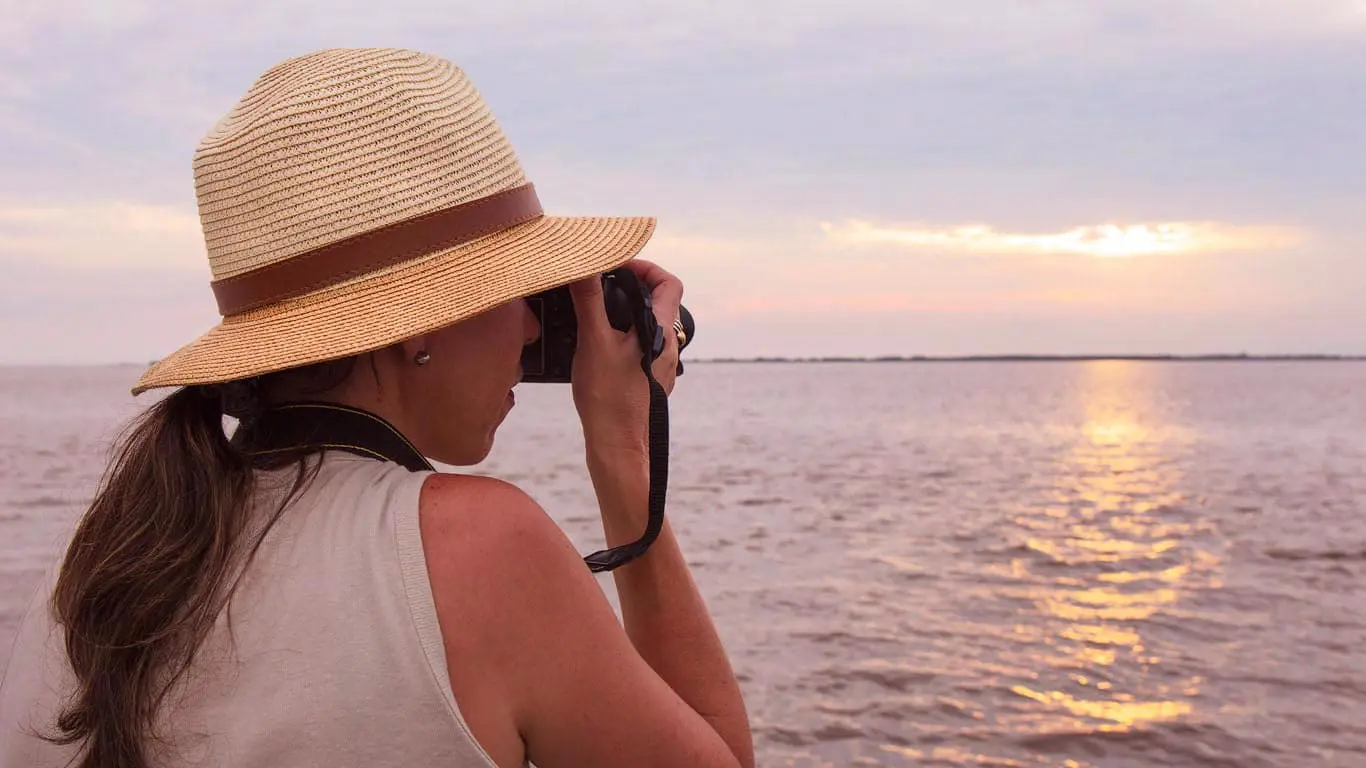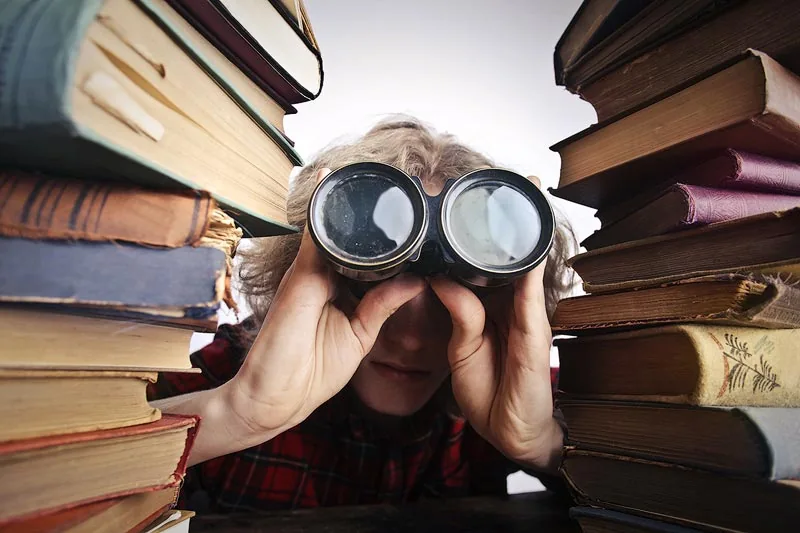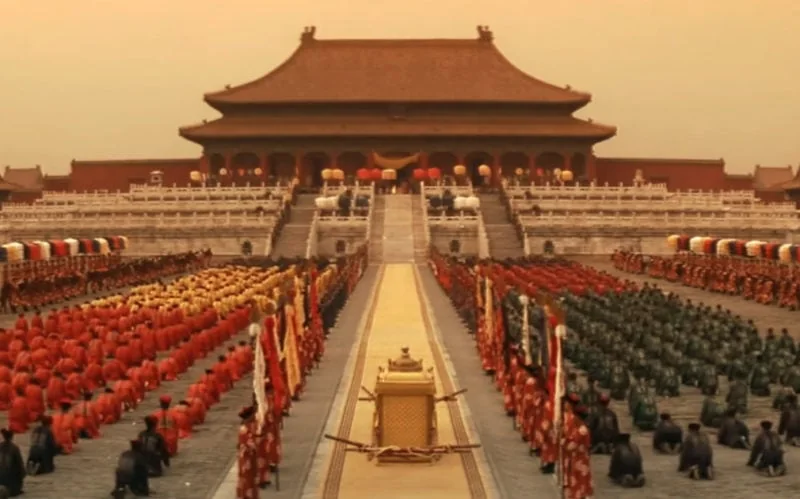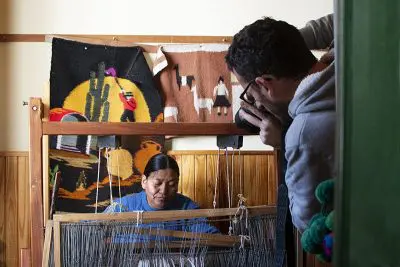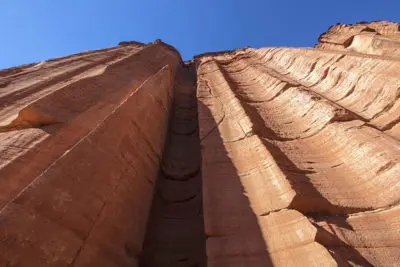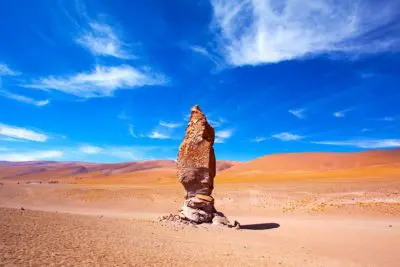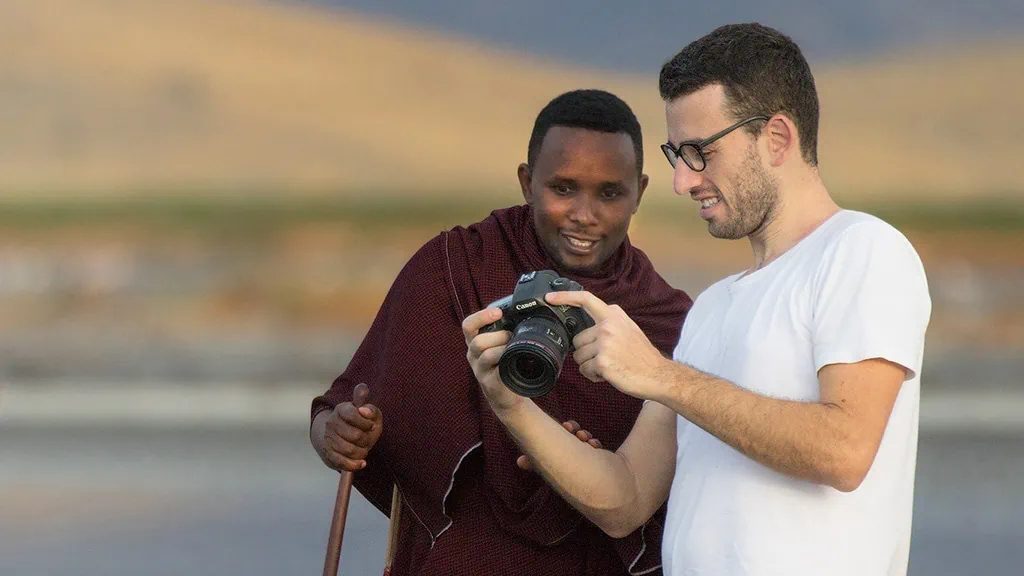What is the essential equipment for getting started with travel photography?
Ideally as light as possible, but also useful for our purpose. So it is important to take into account the quality/weight ratio.
For luck, technology helps us, and today there are materials that allow us to maintain an excellent level of quality with very reduced weight compared to the past. Carrying heavy equipment throughout the trip can be uncomfortable, if possible better to avoid it, especially if photography is a hobby and not a job.
In this article you will find a list of the essential equipment to start with, avoiding going into the details of the different “types of travel photography”. Since, taking into account that it is a very broad genre, a wildlife photographer will have different needs than a portrait photographer or a photojournalist.
1. Camera
Any type of camera is suitable for travel photography. Depending on what you want to do and your budget you will have to consider which model best suits your needs. A mirrorless camera, for example, can go unnoticed more than a DSLR, but usually costs more.
Tip: Save money. If you’re just getting started with photography, a used amateur bridge or DSLR camera will be enough, until you feel the need to move towards a more professional model.
2. Lens
Think about what kind of photography you’re going to do, the possibilities you might have: landscapes, portraits, wildlife..etc. Each genre requires lenses with different characteristics and focal lengths. Possibly, try to don’t carry with you more than necessary, even if the choice is never easy.
Tip: an 18-55mm or 24-70mm lens covers a good range of focal length and represent be a good option to start.
3. Camera bag
An ideal space where to transport your equipment will improve the travel experience. Try to find a sturdy and lightweight backpack. Possibly with extra features that make direct access to your gears difficult to others (to avoid theft), rain-proof protection, and space for a tablet or a laptop.
Tip: try different models in person, you have to feel comfortable and make sure it has all the necessary compartments.
4. Batteries & chargers
Do not leave unprepared, bring a good reserve of batteries in your backpack. The amount may depend on the type of trip and how many possibilities you have to recharge. In a city, you can probably buy one easily, while in more remote areas it will be almost impossible to find new batteries and in some cases, you will probably have difficulty even finding electricity.
Tip: Bring with you also a spare charger, in case something goes wrong.
5. Rain protection for camera and lens
It is essential to travel with good rain protection for the camera. An inexpensive and lightweight accessory that can be used in a variety of situations.
Tip: Even a plastic bag could do the job and protect our expensive equipment from the weather, even if it is not comparable to “tailor-made” protection.
6. Memory cards
It is essential to have several memory cards with you. On travel you may find yourself quickly with little storage space, ending in the worst case without the possibility of taking more photos.
Tip: It would also ideal to download the contents of these cards to another device during the trip (for example in a cloud or an external hard disk) to make sure you have the images safe in two different places.
7. Camera side strap
Instead of the classic neck strap, I suggest you buy a side strap. Longer and with better weight distribution on the body. Stronger models are not cheap, but in this case, it is worth spending more.
Tip: Peak Design and Black Rapid offer some of the best models on the market.
8. Cleaning kit
A good basic photographic cleaning kit should never be missing from your backpack, whether you are traveling or not.
Conclusion:
Choosing the right equipment is never easy, but keep the following in mind:
As a travel photographer, you’ll always need proper planning when traveling. If you know in advance what you want to do, paying attention to what you really need, you can avoid carrying around excess weight, save money, and get good results with less difficulty.

